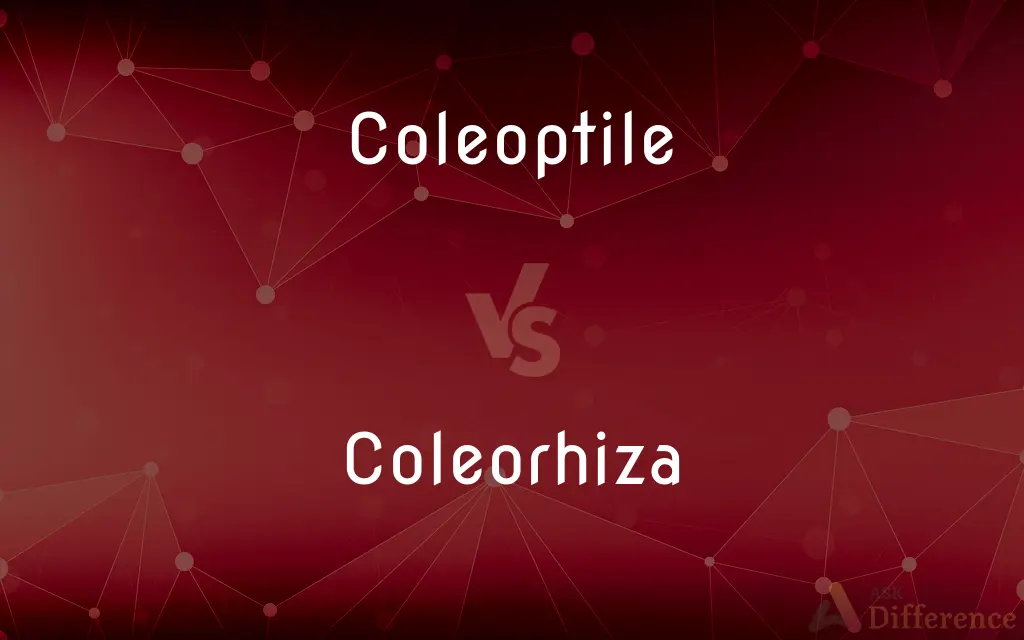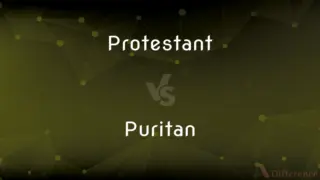Coleoptile vs. Coleorhiza — What's the Difference?

Difference Between Coleoptile and Coleorhiza
ADVERTISEMENT
Compare with Definitions
Coleoptile
Coleoptile is the pointed protective sheath covering the emerging shoot in monocotyledons such as grasses in which few leaf primordia and shoot apex of monocot embryo remain enclosed. The coleoptile protects the first leaf as well as the growing stem in seedlings and eventually, allows the first leaf to emerge.
Coleorhiza
The coleorhiza, coleorrhiza or root sheath is a layer of tissue that surrounds the root in the seed and at monocotyledons prevents. It is a protective layer around the rootcap and the root.
Coleoptile
A protective sheath enclosing the shoot tip and embryonic leaves of grasses.
Coleorhiza
A protective sheath enclosing the embryonic root of grasses.
Coleoptile
(botany) A pointed sheath that protects the emerging shoot in monocotyledons such as oats and grasses.
ADVERTISEMENT
Coleorhiza
A sheath-like structure found in a monocotyledon plant seed that acts as a protective covering enclosing the radicle.
Coleorhiza
A sheath in the embryo of grasses, inclosing the caulicle.
Share Your Discovery

Previous Comparison
Protestant vs. Puritan
Next Comparison
Incur vs. Occur















































